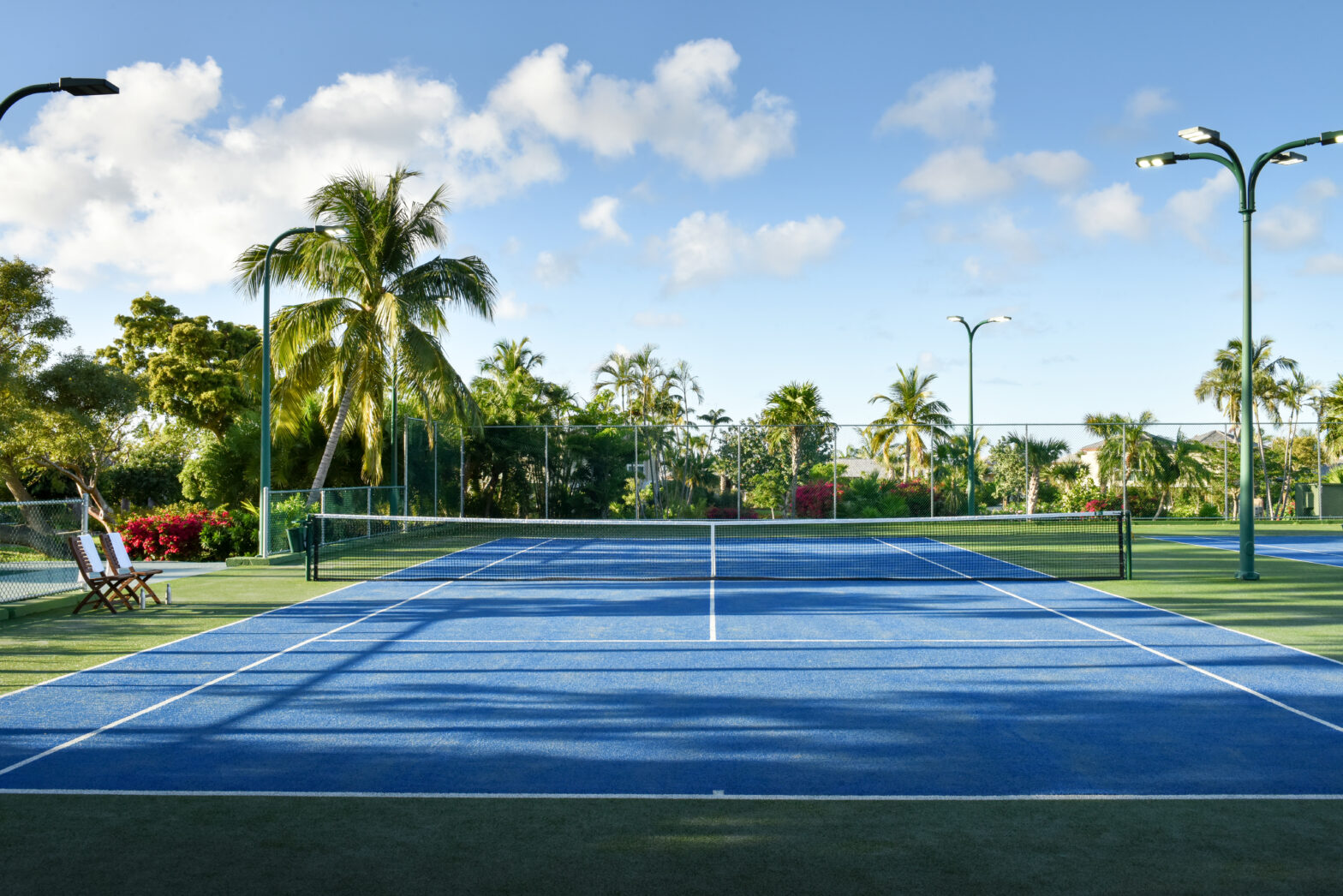It’s sea turtle season, which means that residents in Florida towns have to turn off their lights and close their blinds.
From May 1 to October 31, between 40,000 to 84,000 sea turtles nest on Florida beaches. The turtles dig holes in the dry sand in the middle of the night, lay eggs, cover the holes, and return to the water.
The incubation period is two months and artificial lighting is a huge threat to the process. Thousands of hatchlings die annually because of artificial lights, which is why residents and visitors to the Sunshine State are urged to turn their lights off.
Florida has five sea turtle species and all are either endangered or threatened. According to the federal Endangered Species Act, the green, leatherback, hawksbill, and Kemp’s ridley turtles are endangered while the loggerhead turtle is classified as threatened.
It is illegal to harass, hurt, and/or kill sea turtles, eggs, and hatchlings.

How Artificial Lights Can Harm Sea Turtles
Baby turtles use the natural light from the sky to navigate their way to the water. When artificial lights from houses are on, it can cause turtles to crawl towards the artificial light instead of to the water.
Hatchlings walking toward artificial light can result in them being attacked by predators, hit by a car, or dying from the effects of the outside elements.
Adult sea turtles get exhausted and dehydrated on the beach after being confused by the artificial light. This can result in the female adult turtle returning to the water rather than laying her eggs.
Sea Turtle Lighting Guidelines
According to the Florida Fish and Wildlife Conservation Commission, property owners who live along nesting beaches should follow these guidelines:
- Keep it low – fixtures must be mounted as low as possible and bulbs must produce the lowest wattage
- Keep it long – lamps/bulbs must produce only long wavelength light — 560 nanometers or greater — which is amber, orange, or red
- Keep it shielded – fixtures must be completely downward directed and must be able to shield the bulb, lamp, or glowing lens from the beach
Cities are asking residents to turn their lights off after 9 p.m. so beaches can remain dark. If residents can see their shadow while standing on the beach on a moonless night, then there is too much light behind them and they must get new light fixtures that are compliant.
Those who are visiting the beach must keep a distance from the turtles so they are not disturbed.
Travelers can book sea turtle walks, where you will have a chance to see the nesting place, but it is not guaranteed.





